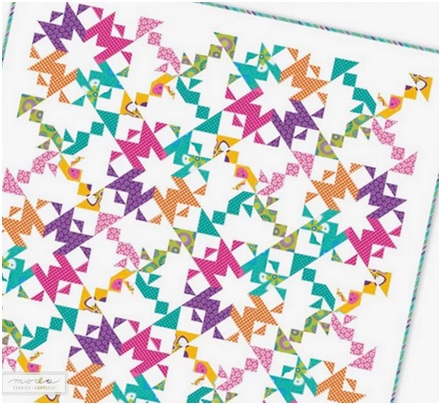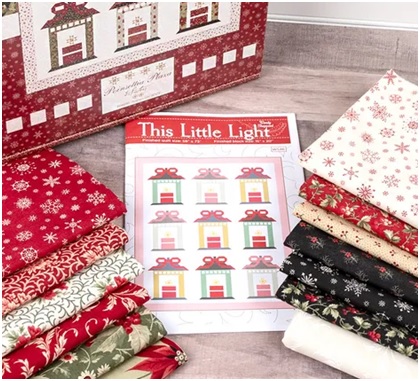A beginner quilting kit is a great way to get started in the wonderful world of quilting. It contains all of the essential supplies needed to get started, and it comes with easy-to-follow instructions. With a little time and patience, anyone can create a beautiful quilt using a beginner’s quilting kit.


The different types of fabrics used in quilting
There are a variety of fabrics that can be used for quilting. The most popular type of fabric is cotton. Cotton is a strong, durable fabric that can be easily washed and ironed. It is also a relatively inexpensive fabric.
Polyester is another popular choice for quilting. Polyester is less expensive than cotton and it doesn’t wrinkle as easily. However, polyester isn’t as absorbent as cotton so it isn’t the best choice for quilts that will be used in warm climates.
Wool is another option for quilting fabrics. Wool is a warm, durable fabric that can be washed and dried without shrinkage. However, wool is a more expensive option than cotton or polyester.
Silk is the most luxurious fabric that can be used for quilting. Silk has a beautiful sheen and it feels wonderful against the skin. However, silk is very delicate and it must be dry-cleaned to prevent damage.
The different types of batting used in quilting
Different Types of Batting Used in Quilting
There are a variety of different types of batting available for quilters. The type you choose will depend on the project you are working on and your personal preferences.
One popular type of batting is polyester. Polyester is relatively inexpensive and easy to find. It is also easy to work with and can be quilted using a variety of methods. Polyester batting is available in a variety of thicknesses, so it can be used for a variety of projects.
Another popular type of batting is cotton. Cotton batting is more expensive than polyester, but it is also more durable. Cotton batting can be quilted using a variety of methods, but it is important to note that it will shrink when washed. This shrinkage should be taken into account when choosing a pattern or design for your quilt top.
Wool batting is another option that is available to quilters. Wool batting is very warm and has excellent insulating properties. It can be difficult to work with, however, because it tends to stretch and shift when being worked on. Wool batting is also more expensive than other types of batting, so it may not be the best choice for every quilting project.


How to select the right fabrics and batting for your project
When it comes to choosing fabrics and batting for a quilting project, there are a few things to keep in mind. First, think about the type of quilt you want to make. Are you going for a traditional look or something more modern? The fabric you select should fit with the overall design of the quilt.
Next, consider the function of the quilt. Will it be used as a bedspread or hung on a wall? If it will see a lot of use, you’ll want to choose fabrics that are durable and easy to care for. Pre-washed cotton is always a good option.
As far as batting goes, there are different types to choose from depending on how warm or lightweight you want your quilt to be. Cotton is a popular choice because it’s breathable and hypoallergenic. Polyester is another option that is less expensive and easier to care for than cotton.
Finally, don’t forget about the thread! Selecting the right color and weight of thread is important for both aesthetics and durability. When in doubt, go with a neutral color like white or cream.
With these tips in mind, selecting fabrics and batting for your next quilting project should be a breeze.
How to cut fabric for a quilt
When cutting fabric for a quilt, there are a few things to keep in mind. First, be sure to use a rotary cutter and mat for precise cuts. Second, it is best to cut all pieces the same size. Third, when cutting strips, be sure to measure and cut accurately so the strips are of equal width.
Cutting fabric for a quilt doesn’t have to be difficult. Just be sure to use the proper tools and take your time measuring and cutting accurately. With a little practice, you’ll be able to cut fabric like a pro!
















